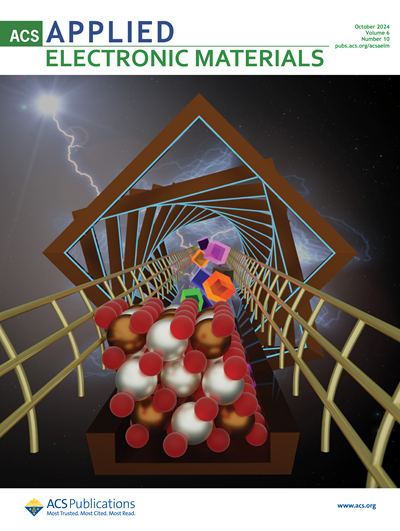港口环境效率与城市经济耦合协调度的时空分异与趋势预测:长江三角洲案例研究
IF 4.3
3区 材料科学
Q1 ENGINEERING, ELECTRICAL & ELECTRONIC
引用次数: 0
摘要
绿色发展是港口和城市在可持续发展目标下实现低碳转型的主要途径,也是将区域港城关系提升到高度协调的强大动力。本文选取长三角地区 20 个港口城市,通过窗口 SBM 模型计算港口环境效率(PEE),并利用 EW-TOPSIS 模型评价城市经济高质量发展(HED)。利用耦合协调度(CCD)模型、核密度模型、GIS 空间分析和灰色预测模型进一步探讨了 PEE 与 HED 之间的时空动态演化和 CCD 预测。结果表明(1)长三角地区 PEE 波动呈上升趋势,海港 PEE 高于河港 PEE;(2)长三角地区 HED 呈上升趋势,个别城市两极分化明显;(3)从时间上看,长三角地区 CCD 从 0.438 上升到 0.518。上海始终保持中间协调,江苏的 CCD 升幅最大。从空间上看,CCD 以连云港、苏州、上海和宁波-舟山为首,呈现由东向西递减的分布格局。根据对 2026 年的预测,长三角地区所有港口城市都将过渡到有序发展阶段。为提高长三角的协调水平,决策者应将长三角作为一个整体来考虑,对港口进行功能定位和分级管理,利用港口打破资源界限,促进城市间的协同分工,进而将资源向安徽倾斜。本文章由计算机程序翻译,如有差异,请以英文原文为准。
Spatial–Temporal Differentiation and Trend Prediction of Coupling Coordination Degree of Port Environmental Efficiency and Urban Economy: A Case Study of the Yangtze River Delta
Green development is a primary path for ports and cities to achieve a low-carbon transition under the Sustainable Development Goals and a powerful driving force to elevate regional port–city relations to a high level of coordination. In this paper, twenty port cities in the Yangtze River Delta (YRD) were selected and port environmental efficiency (PEE) was calculated through the window SBM model, while the EW-TOPSIS model was used to evaluate high-quality urban economic development (HED). The coupling coordination degree (CCD) model, the kernel density model, GIS spatial analysis, and the grey prediction model were used to further explore the spatial–temporal dynamic evolution and prediction of the CCD between PEE and HED. The results suggested that: (1) PEE fluctuation in the YRD is increasing, with a trend of seaports achieving higher PEE than river ports; (2) HED in the YRD shows upward trends, and the polarization of individual cities is obvious; (3) Temporally, the CCD in the YRD has risen from 0.438 to 0.518. Shanghai consistently maintains intermediate coordination, and Jiangsu has experienced the most significant increase in CCD. Spatially, CCD is led by Lianyungang, Suzhou, Shanghai, and Ningbo-Zhoushan, displaying a decreasing distribution pattern from east to west. The projection for 2026 suggests that all port cities within the YRD will have transitioned to a phase of orderly development. To enhance the coordination level in the YRD, policymakers should consider the YRD as a whole to position the ports functionally and manage them hierarchically, utilize the ports to break down resource boundaries to promote the synergistic division of labor among cities, and then tilt the resources towards Anhui.
求助全文
通过发布文献求助,成功后即可免费获取论文全文。
去求助
来源期刊

ACS Applied Electronic Materials
Multiple-
CiteScore
7.20
自引率
4.30%
发文量
567
期刊介绍:
ACS Applied Electronic Materials is an interdisciplinary journal publishing original research covering all aspects of electronic materials. The journal is devoted to reports of new and original experimental and theoretical research of an applied nature that integrate knowledge in the areas of materials science, engineering, optics, physics, and chemistry into important applications of electronic materials. Sample research topics that span the journal's scope are inorganic, organic, ionic and polymeric materials with properties that include conducting, semiconducting, superconducting, insulating, dielectric, magnetic, optoelectronic, piezoelectric, ferroelectric and thermoelectric.
Indexed/Abstracted:
Web of Science SCIE
Scopus
CAS
INSPEC
Portico
 求助内容:
求助内容: 应助结果提醒方式:
应助结果提醒方式:


